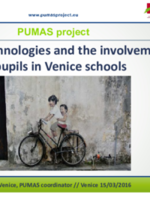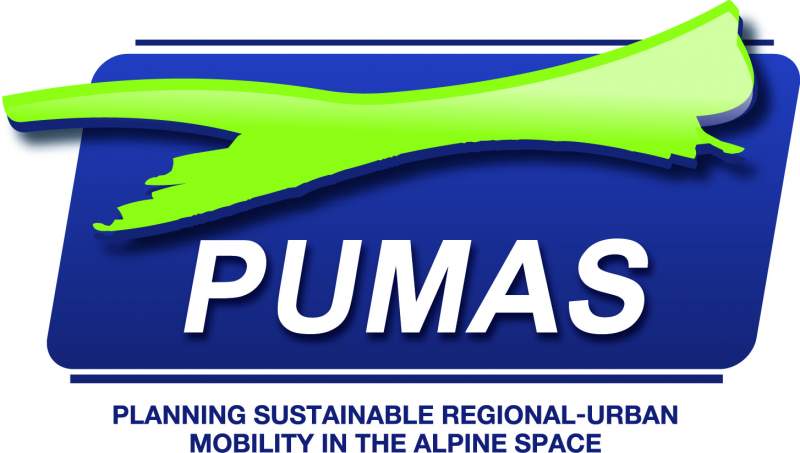
Venezia (Italy)
Venice comprises the historical centre, the islands of Lido and Pellestrina, the islands of the Lagoon (Murano, Burano and other minor islands), as well as the mainland urban areas of Mestre and Marghera. The city’s architectural heritage, set in the unique lagoon environment, attracts millions of tourists each year.
Venice has a population of 271,000, and each day 47,000 workers and 16,000 students commute in and out of the old city. The two parts of the city, mainland Venice and island Venice, have very different needs in terms of transportation. In addition to waterborne traffic in the lagoon and canals of island Venice, the two parts of the city are connected by a bridge that carries trains, buses and cars.
Tourism is the mainstay of the city’s economy and has a large workforce of over 124,000 people. In addition, the city’s port is one of the largest in Italy, employing around 18,000 people. In terms of mobility, according to forecasts in the Council Energy Plan and the Urban Mobility Plan, in a business-as-usual scenario the trend for mobility over the next few years is estimated to result in a 4 percent increase in the use of private cars, with the accompanying rise in energy consumption. The package of CIVITAS MOBILIS measures is intended to tackle this trend.






















